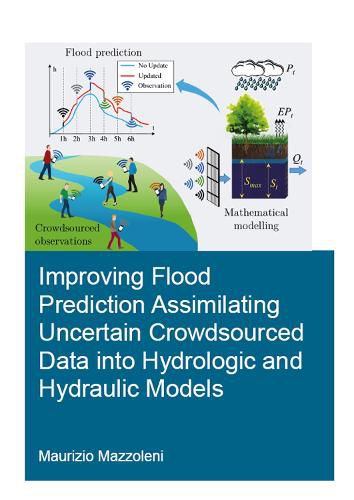Readings Newsletter
Become a Readings Member to make your shopping experience even easier.
Sign in or sign up for free!
You’re not far away from qualifying for FREE standard shipping within Australia
You’ve qualified for FREE standard shipping within Australia
The cart is loading…






On a global scale, sewage represents the main point-source of water pollution and is also the predominant source of nitrogen contamination in urban regions. The present research is focused on the study of the main challenges that need to be addressed in order to achieve a successful inorganic nitrogen post-treatment of anaerobic effluents in the mainstream. The post-treatment is based on autotrophic nitrogen removal. The challenges are classified in terms of operational features and system configuration, namely: (i) the short-term effects of organic carbon source, the COD/N ratio and the temperature on the autotrophic nitrogen removal; the results from this study confirms that the Anammox activity is strongly influenced by temperature, in spite of the COD source and COD/N ratios applied. (ii) The long-term performance of the Anammox process under low nitrogen sludge loading rate (NSLR) and moderate to low temperatures; it demonstrates that NSLR affects nitrogen removal efficiency, granular size and biomass concentration of the bioreactor. (iii) The Anammox cultivation in a closed sponge-bed trickling filter (CSTF) and (iv) the autotrophic nitrogen removal over nitrite in a sponge-bed trickling filter (STF). Both types of Anammox sponge-bed trickling filters offer a plane technology with good nitrogen removal efficiency.
$9.00 standard shipping within Australia
FREE standard shipping within Australia for orders over $100.00
Express & International shipping calculated at checkout
On a global scale, sewage represents the main point-source of water pollution and is also the predominant source of nitrogen contamination in urban regions. The present research is focused on the study of the main challenges that need to be addressed in order to achieve a successful inorganic nitrogen post-treatment of anaerobic effluents in the mainstream. The post-treatment is based on autotrophic nitrogen removal. The challenges are classified in terms of operational features and system configuration, namely: (i) the short-term effects of organic carbon source, the COD/N ratio and the temperature on the autotrophic nitrogen removal; the results from this study confirms that the Anammox activity is strongly influenced by temperature, in spite of the COD source and COD/N ratios applied. (ii) The long-term performance of the Anammox process under low nitrogen sludge loading rate (NSLR) and moderate to low temperatures; it demonstrates that NSLR affects nitrogen removal efficiency, granular size and biomass concentration of the bioreactor. (iii) The Anammox cultivation in a closed sponge-bed trickling filter (CSTF) and (iv) the autotrophic nitrogen removal over nitrite in a sponge-bed trickling filter (STF). Both types of Anammox sponge-bed trickling filters offer a plane technology with good nitrogen removal efficiency.